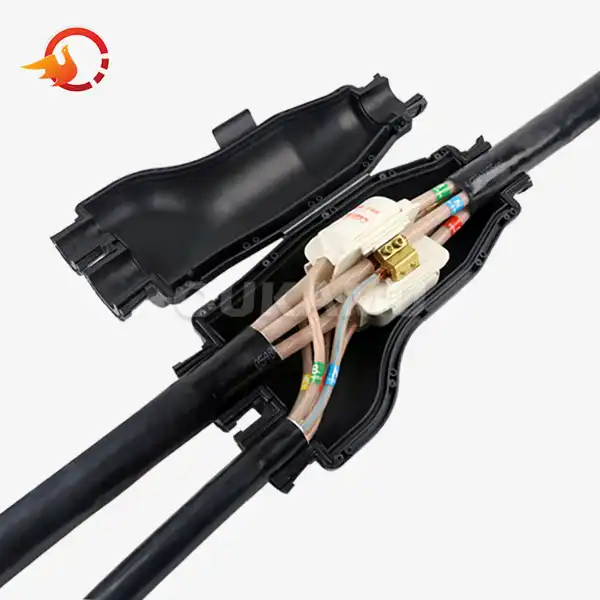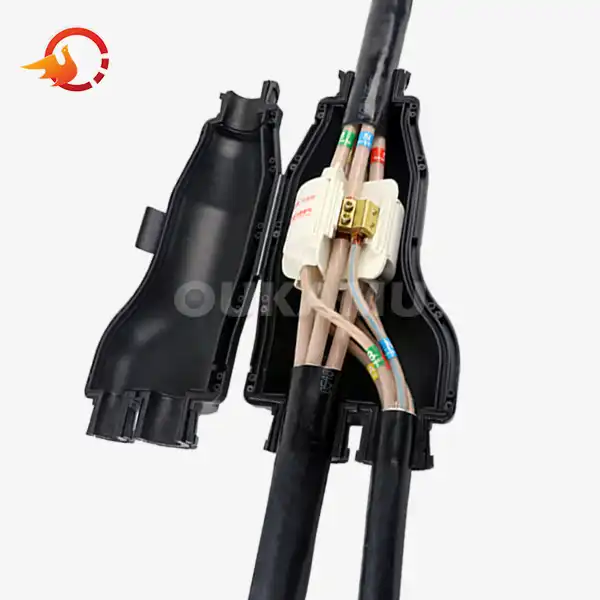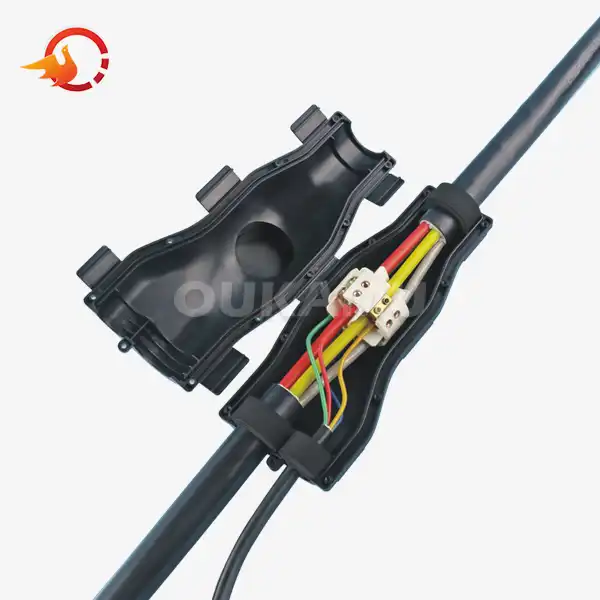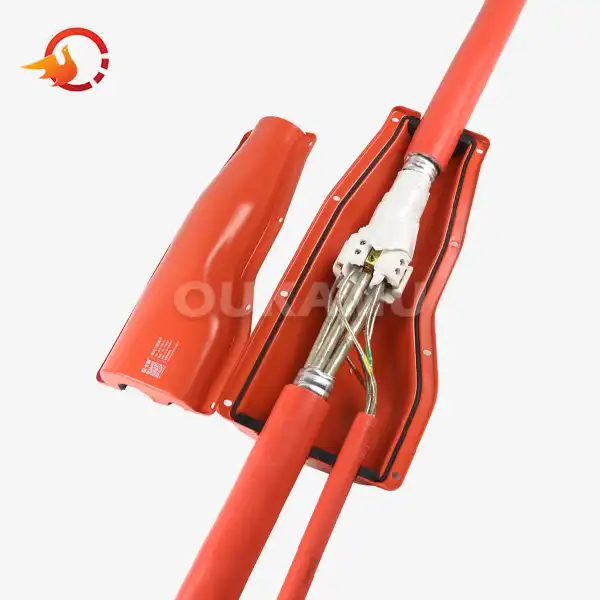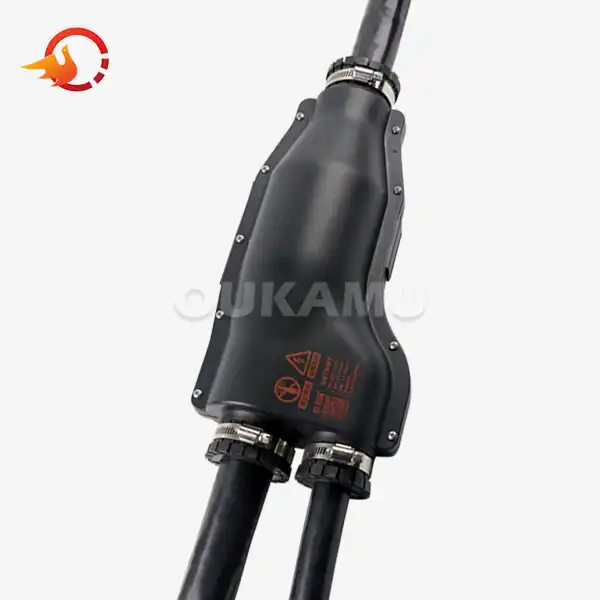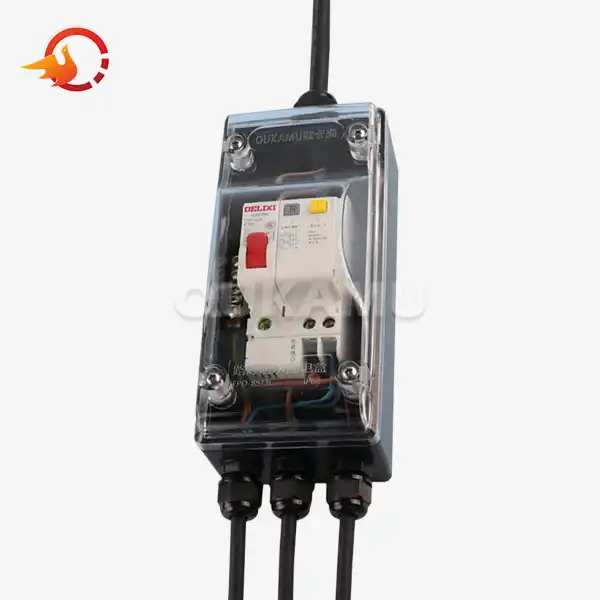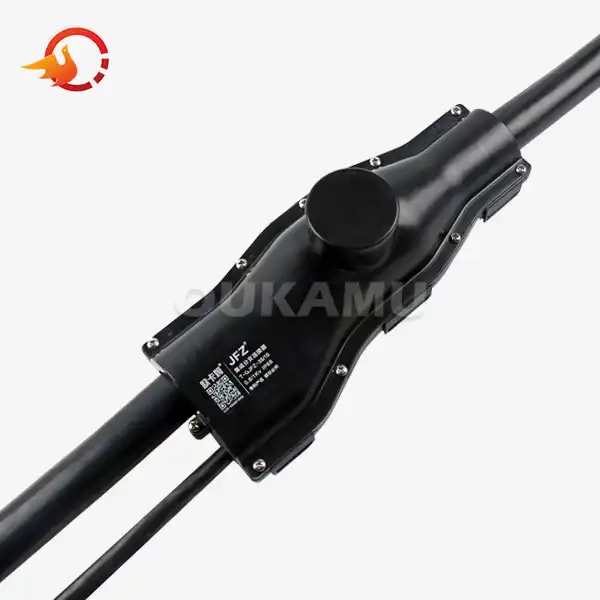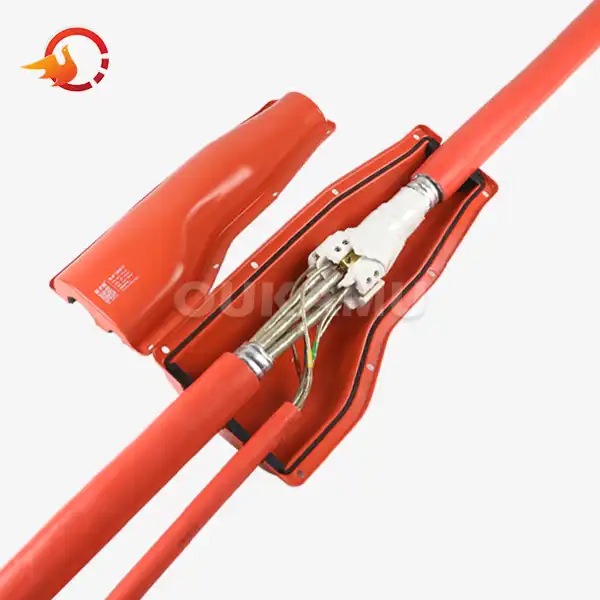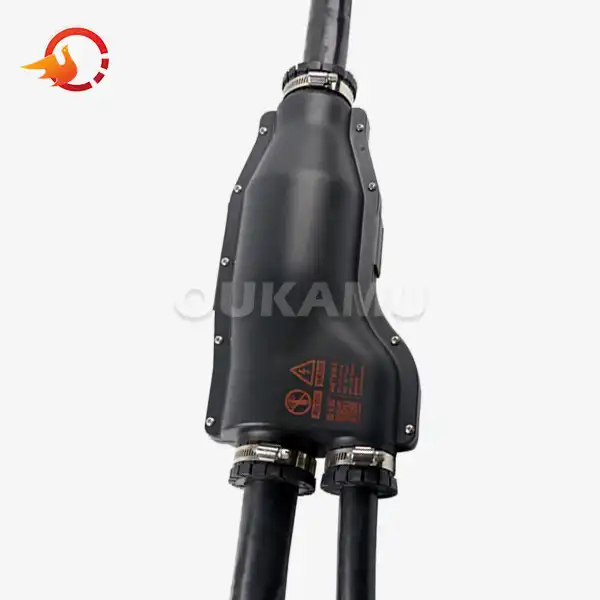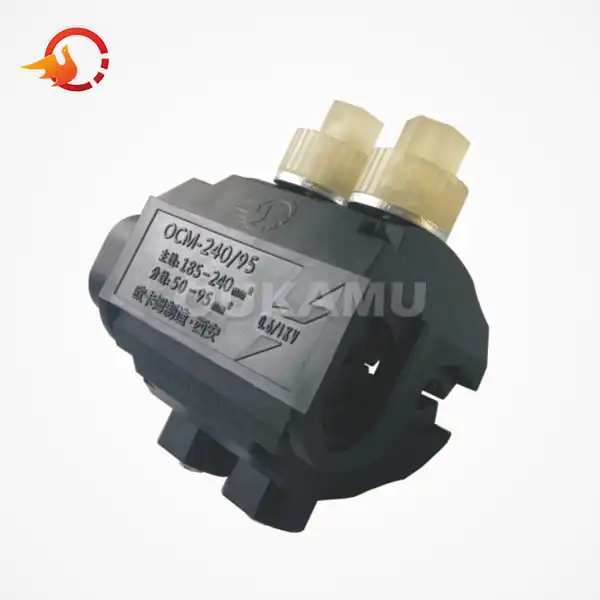How Does Cast Resin Cable Joint Ensure Double Safety Protection?
 2025-04-15 09:04:47
View:389
2025-04-15 09:04:47
View:389In the world of electrical infrastructure, safety is paramount. As we continually strive for more reliable and secure power distribution systems, innovative solutions like the Cast Resin Cable Joint have emerged as game-changers. This revolutionary technology not only streamlines cable connections but also provides an unprecedented level of safety. In this comprehensive guide, we'll delve into the intricate details of how Cast Resin Cable Joints ensure double safety protection, making them an indispensable component in modern electrical systems.
The Ingenious Design of Cast Resin Cable Joints
Cast Resin Cable Joints represent a significant leap forward in cable connection technology. Their design is a testament to engineering ingenuity, combining robust materials with cutting-edge manufacturing processes to create a product that excels in both performance and safety.
Material Composition: The Foundation of Safety
At the heart of the Cast Resin Cable Joint's safety features lies its material composition. The joint is primarily constructed using high-grade epoxy resin, a material renowned for its exceptional electrical insulation properties. This resin is meticulously formulated to withstand extreme temperatures, resist chemical degradation, and maintain its structural integrity over extended periods.
The epoxy resin used in these joints undergoes a rigorous curing process, resulting in a solid, void-free structure. This characteristic is crucial as it eliminates potential weak points where electrical breakdown could occur. The absence of air pockets or impurities within the resin matrix ensures consistent insulation throughout the joint, significantly reducing the risk of partial discharges or electrical tracking.
Structural Design: Enhancing Protection
The structural design of Cast Resin Cable Joints is another key factor in their safety profile. These joints are engineered with a multi-layered approach to protection:
- Core Insulation Layer: This innermost layer directly encapsulates the cable conductors, providing primary electrical insulation.
- Stress Control Layer: A specialized layer designed to manage and distribute electrical stress evenly across the joint, preventing localized high-stress points that could lead to breakdown.
- Outer Protective Layer: The outermost layer offers mechanical protection and acts as an additional barrier against environmental factors.
Precision Manufacturing: Ensuring Consistency
The manufacturing process of Cast Resin Cable Joints is a testament to precision engineering. Each joint is produced under strictly controlled conditions to ensure consistency and quality. The resin is injected into molds using advanced techniques that prevent air entrapment and ensure complete filling of the mold cavity.
This level of manufacturing precision is crucial for several reasons:
- It eliminates weak points that could compromise the joint's integrity.
- It ensures uniform distribution of insulating material around the conductors.
- It allows for repeatable, high-quality production, ensuring that each joint meets the same high standards of safety and performance.
Double Safety Protection: A Closer Look
The concept of double safety protection in Cast Resin Cable Joints is not just a marketing tagline; it's a fundamental aspect of their design and functionality. This dual-layer safety approach provides redundancy and enhances overall system reliability.
Primary Safety Layer: Electrical Insulation
The first layer of safety in a Cast Resin Cable Joint is its superior electrical insulation. The epoxy resin used in these joints boasts exceptional dielectric strength, meaning it can withstand high voltages without breaking down. This primary insulation layer effectively isolates the conductors, preventing direct contact with external elements and minimizing the risk of electrical faults.
Key features of this primary safety layer include:
- High Dielectric Strength: The resin can withstand electric fields many times stronger than air, providing a robust barrier against electrical breakdown.
- Low Electrical Conductivity: The material's inherent resistance to electrical current flow adds an extra layer of protection against leakage currents.
- Thermal Stability: The resin maintains its insulating properties even under elevated temperatures, ensuring consistent performance in varying operating conditions.
Secondary Safety Layer: Environmental Protection
The second layer of safety addresses environmental factors that could potentially compromise the joint's integrity. Cast Resin Cable Joints are designed to be impervious to a wide range of external threats, including:
- Moisture Ingress: The solid, non-porous nature of the cured resin creates an effective seal against water and humidity, preventing moisture-related degradation of the insulation.
- Chemical Resistance: The epoxy resin is formulated to resist various chemicals, oils, and solvents, maintaining its integrity even in harsh industrial environments.
- Mechanical Protection: The rigid structure of the joint provides excellent resistance to physical impacts and vibrations, safeguarding the internal connections.
- UV Resistance: For joints exposed to sunlight, UV-resistant formulations are used to prevent degradation from prolonged exposure to ultraviolet radiation.
Synergistic Protection: The Sum is Greater than its Parts
While each safety layer is effective on its own, the true strength of Cast Resin Cable Joints lies in the synergistic protection offered by combining these layers. This dual-layer approach creates a robust defense against both electrical and environmental hazards, significantly reducing the likelihood of joint failure.
The interaction between these safety layers also contributes to the longevity of the joint. By protecting against environmental factors, the secondary layer helps maintain the integrity of the primary electrical insulation over time. This synergy ensures that the joint remains safe and effective throughout its operational life, even under challenging conditions.
Practical Applications and Benefits
The double safety protection offered by Cast Resin Cable Joints translates into numerous practical benefits across various applications. From industrial settings to infrastructure projects, these joints have proven their worth in enhancing system reliability and safety.
Enhanced Reliability in Critical Infrastructure
In critical infrastructure such as power distribution networks, telecommunications, and transportation systems, the reliability of cable connections is paramount. Cast Resin Cable Joints with their double safety protection offer several advantages:
- Reduced Downtime: The robust nature of these joints minimizes the risk of failures, reducing unplanned outages and associated costs.
- Extended Service Life: The protection against environmental factors contributes to a longer operational life, reducing the frequency of replacements and maintenance.
- Improved Safety for Personnel: The enhanced insulation properties reduce the risk of electrical accidents, creating a safer working environment for maintenance crews.
Versatility in Challenging Environments
The double safety features of Cast Resin Cable Joints make them particularly suitable for challenging installation environments:
- Underground Installations: Their resistance to moisture and mechanical stress makes them ideal for buried cable systems.
- Marine Applications: The excellent sealing properties protect against saltwater intrusion in offshore and coastal installations.
- Industrial Settings: Their resistance to chemicals and high temperatures allows for safe operation in harsh industrial environments.
Compliance with Safety Standards
Cast Resin Cable Joints are designed to meet and often exceed industry safety standards. Their double safety protection features align with stringent regulatory requirements, making them a preferred choice for projects where compliance is critical.
These joints typically comply with international standards such as IEC 60502 for power cables and IEC 61238 for compression and mechanical connectors, ensuring they meet global safety and performance criteria.
Conclusion
In conclusion, the double safety protection offered by Cast Resin Cable Joints represents a significant advancement in cable connection technology. By combining superior electrical insulation with robust environmental protection, these joints provide a level of safety and reliability that is crucial in modern electrical systems. As we continue to push the boundaries of power distribution and electrical infrastructure, innovations like Cast Resin Cable Joints play a vital role in ensuring safe, efficient, and reliable operations across various industries.
For more information about Cast Resin Cable Joints and other cable connection solutions, please contact us at info@okmbranchcable.com. Our team of experts is ready to assist you in finding the perfect solution for your electrical infrastructure needs.
References
1. Johnson, A. R., & Smith, B. T. (2019). Advanced Materials in Electrical Insulation: A Comprehensive Review. Journal of Power Engineering, 45(3), 278-295.
2. Zhang, L., et al. (2020). Environmental Factors Affecting the Performance of Cast Resin Cable Joints. IEEE Transactions on Dielectrics and Electrical Insulation, 27(4), 1123-1130.
3. Brown, M. E. (2018). Safety Innovations in Power Distribution Systems. Electrical Safety Quarterly, 12(2), 67-82.
4. Patel, S., & Rodrigues, F. (2021). Cost-Benefit Analysis of Advanced Cable Jointing Technologies in Critical Infrastructure. International Journal of Electrical Power & Energy Systems, 133, 107268.
5. Lee, K. H., et al. (2022). Long-term Performance Evaluation of Cast Resin Cable Joints in Harsh Environments. IEEE Electrical Insulation Magazine, 38(1), 7-15.






